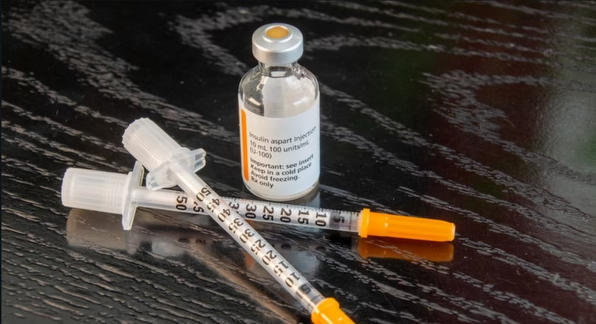The Needlestick Safety and Prevention Act (NSPA), which amended the Occupational Safety and Health Administration’s (OSHA) Bloodborne Pathogens Standard in 2000, plays a crucial role in ensuring that. From the perspective of a compliance container manufacturer, understanding and adhering to the provisions of this Act is not only a matter of legal necessity but also one of moral obligation. Here’s a breakdown of what the NSPA entails and how compliance containers can meet its standards.
What is the Needlestick Safety and Prevention Act?
The NSPA was a response to growing concerns over the safety of healthcare workers, specifically regarding injuries from needles and other sharps. These injuries can lead to the transmission of serious infections such as hepatitis B, hepatitis C, and HIV, posing significant health risks. The Act mandates revisions to OSHA’s Bloodborne Pathogens Standard, focusing on:
- The use of safer medical devices
- The maintenance of a sharps injury log
- Involvement of non-managerial employees in choosing safer devices
Compliance containers, commonly referred to as sharps disposal containers, are critical in the implementation of NSPA. They are designed to immediately contain and dispose of needles and other sharps safely.
Here’s how compliance containers align with the NSPA:
- Engineering Controls
The Act emphasizes the use of engineering controls to eliminate or minimize exposure to bloodborne pathogens. Compliance containers are a primary example of such controls. They are engineered to be puncture-resistant, leak-proof on the sides and bottom, and have a tray or opening that allows for the safe disposal of sharps. By design, they reduce the risk of needlestick injuries during the disposal process. - Accessibility
To comply with NSPA, containers must be easily accessible to employees and located as close as feasible to the areas where sharps are used or can be anticipated to be found. For compliance containers, this means being versatile in terms of size and usability, offering multiple mounting options (like wall mounts or freestanding units) to accommodate various healthcare settings. - Maintenance and Usability
Containers must not be overfilled, which necessitates the clear labeling of fill lines and easy-to-understand signage on the containers. They should also be maintained or replaced routinely to avoid overflow. Compliance containers are designed to be user-friendly, with features like temporary closure mechanisms for between uses and final locks for secure disposal. - Employee Training and Input
A crucial aspect of NSPA is the inclusion of frontline healthcare workers in the selection process of effective engineering controls. Manufacturers of compliance containers should actively engage with healthcare workers to gather feedback and continuously improve product design to meet actual workplace needs.
The Role of Manufacturers in Adhering to the Needlestick Safety and Prevention Act
For compliance container manufacturers, staying abreast of technological advancements in safety and design is vital. Regular training sessions for healthcare workers on the proper use of these containers can further enhance safety measures. Manufacturers should also monitor updates to regulations and standards to ensure their products consistently meet legal requirements and healthcare needs.
The Needlestick Safety and Prevention Act is a significant legislative measure protecting healthcare workers from potentially life-threatening injuries. For compliance container manufacturers, it represents both a challenge and an opportunity to contribute positively to public health by ensuring their products meet the highest standards of safety and effectiveness. As manufacturers, adhering to and promoting the principles of NSPA not only facilitates compliance but also underscores a commitment to the health and safety of healthcare providers.
Experience Better Healthcare Compliance
MedSafe is the nation’s leading one-stop resource for outsourced accreditation and healthcare compliance solutions. For over 30 years, we have been providing peace of mind to hospital groups, private practices, and their business associates. Our suite of onsite and online training services, including OSHA, HIPAA, Corporate Compliance and Code Auditing better equip your practice with the necessary tools and skills to achieve and maintain regulatory billing compliance. MedSafe takes a hands-on approach and works directly with your team to uncover issues and define suitable solutions.

Leave a Reply
You must be logged in to post a comment.